Tackling the Environmental Impact of Digital Services
Challenges and solutions

Plan
1. The ICT's sector growth
2. ICT's carbon footprint
3. ICT's mineral footprint
4. Digital services Life Cycle Assessment
5. The lack of reference data
6. Boavizta
The ICT's sector growth
ICT: Information and Communications Technology
The ICT's sector growth
Why Software Is Eating The World (Marc Andreessen, WSJ, 2011)
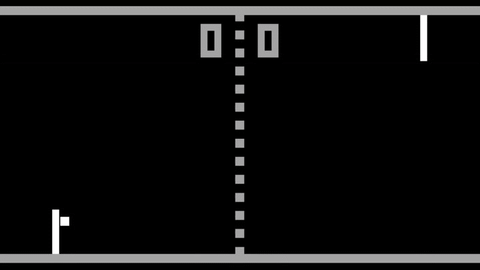
Pong, 1972
From this...
...to this...
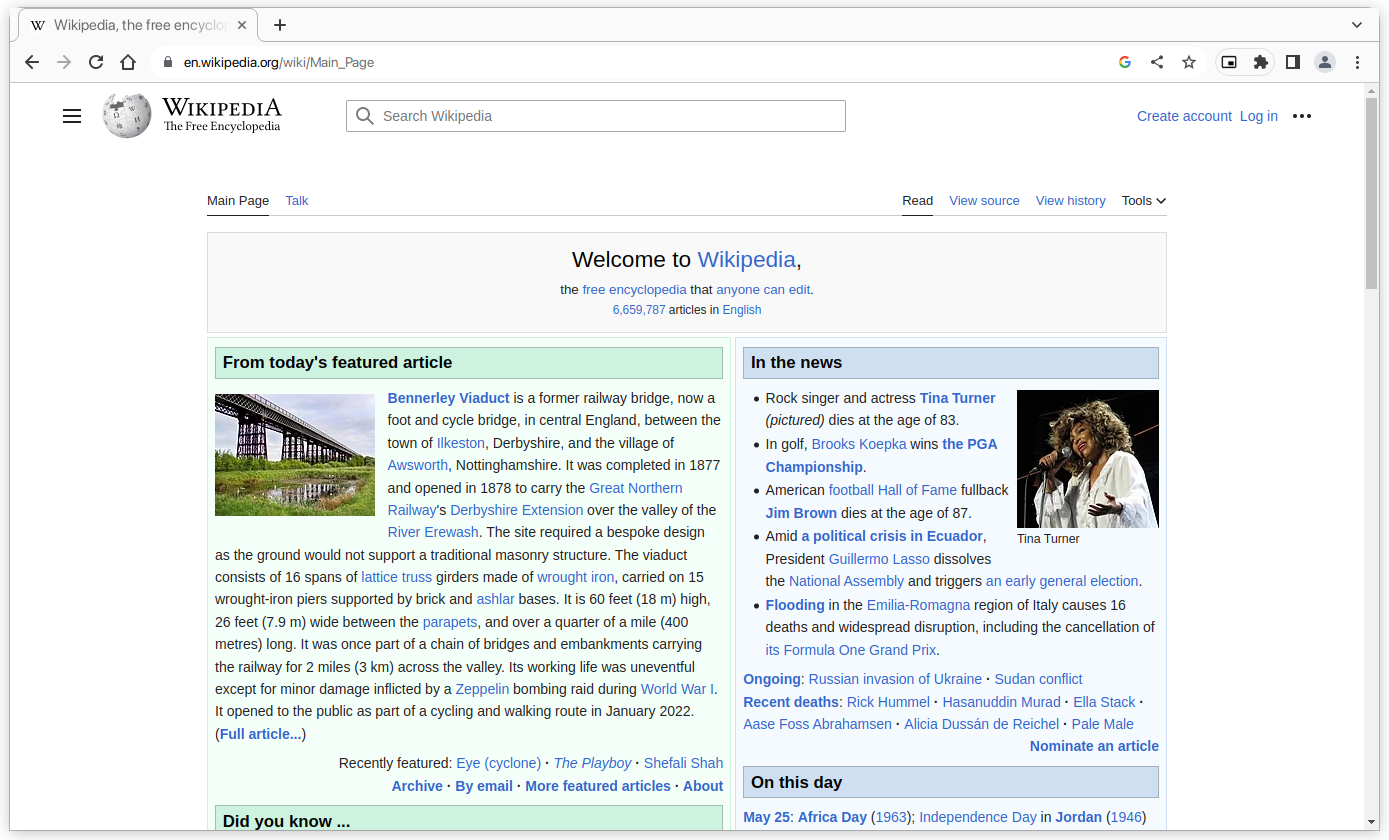
(35 millions lines of code)
...over billions of users worldwide.
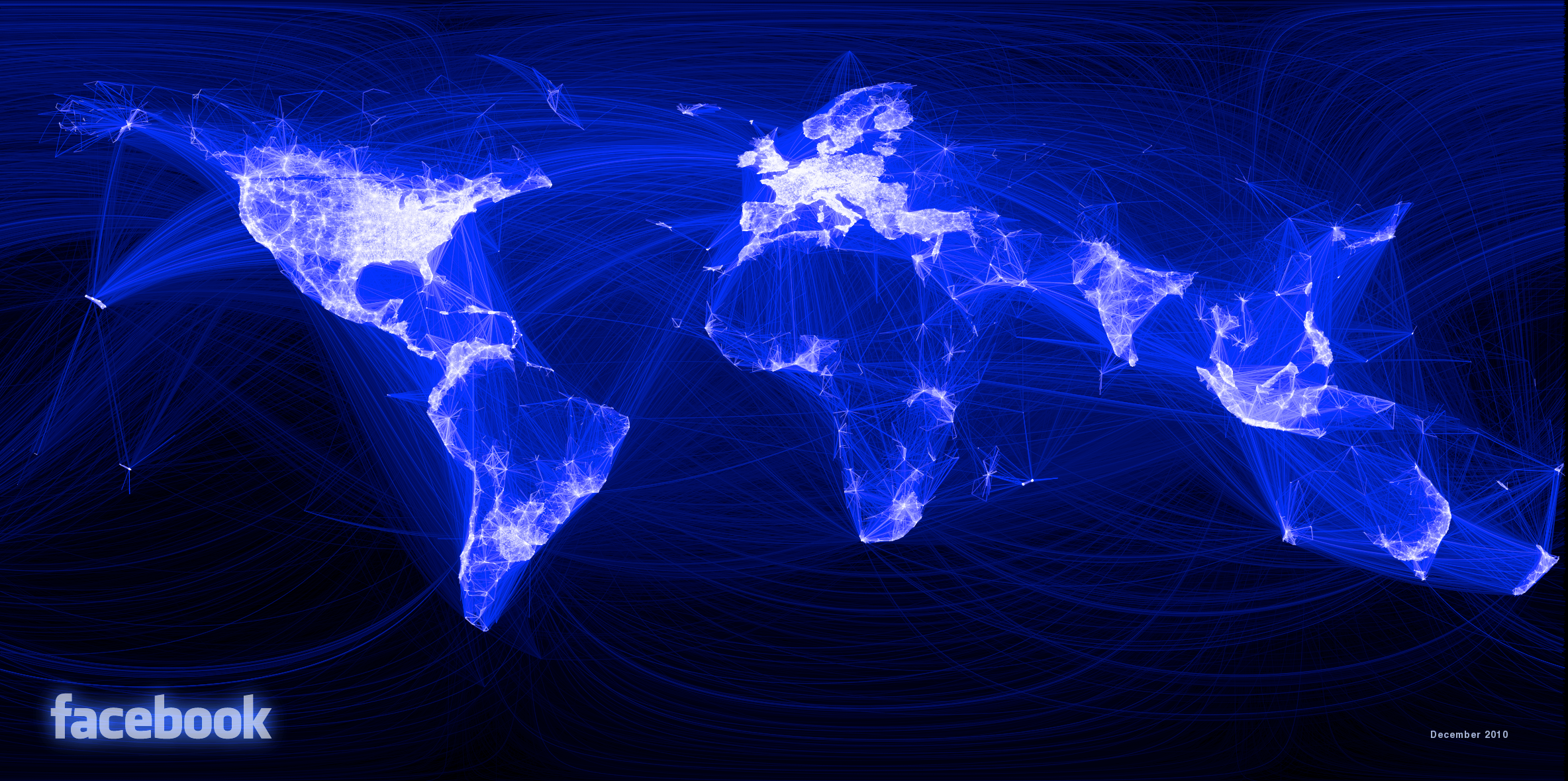
: 2.99 billion monthly active users
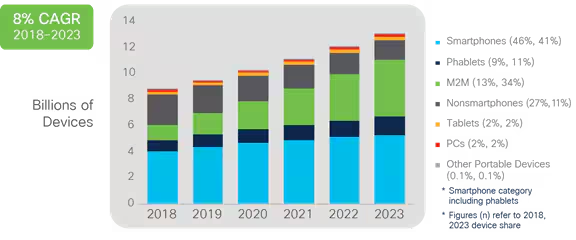
Software is eating the car

What's next?
Will AR/VR eat the world ?

Will AI eat the world ?

ICT's carbon footprint
Is this growth decoupled?
ICT's carbon footprint
Between 2.1% and 3.9% of global GHG emissions

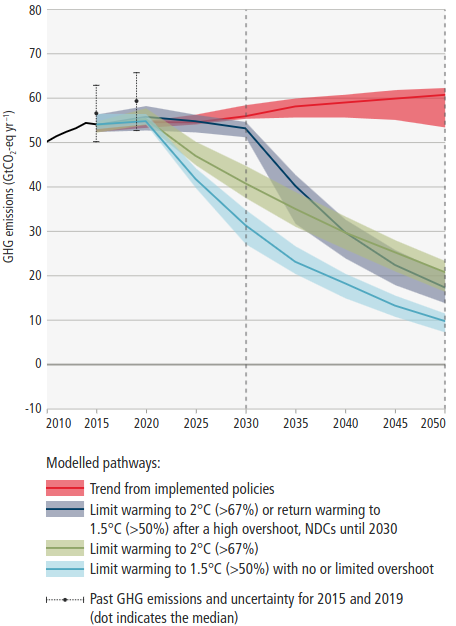
The global objectives
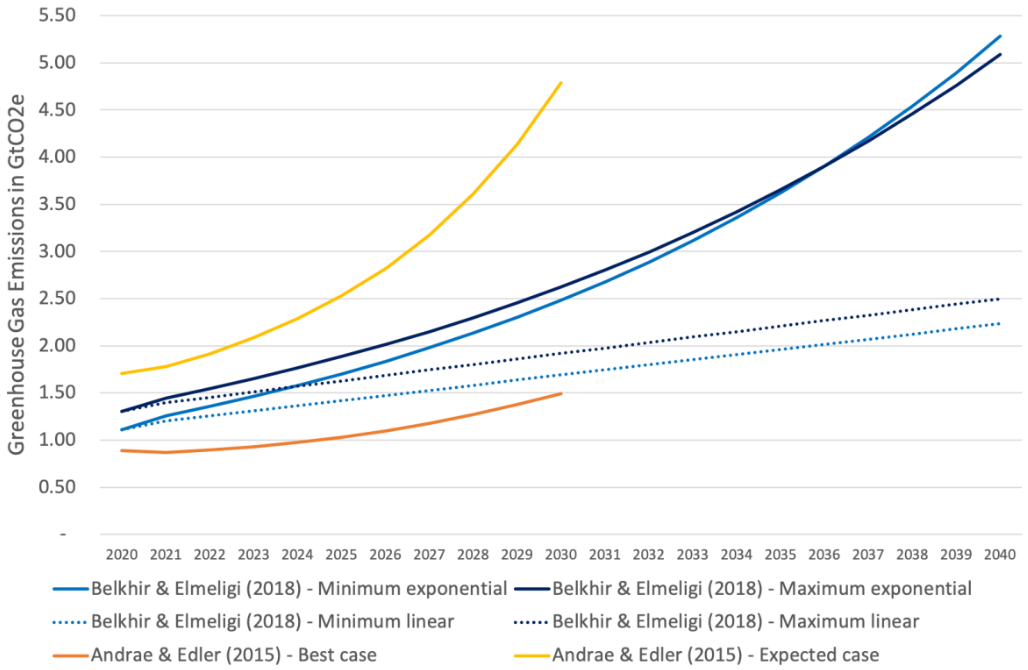
The ICT trajectories
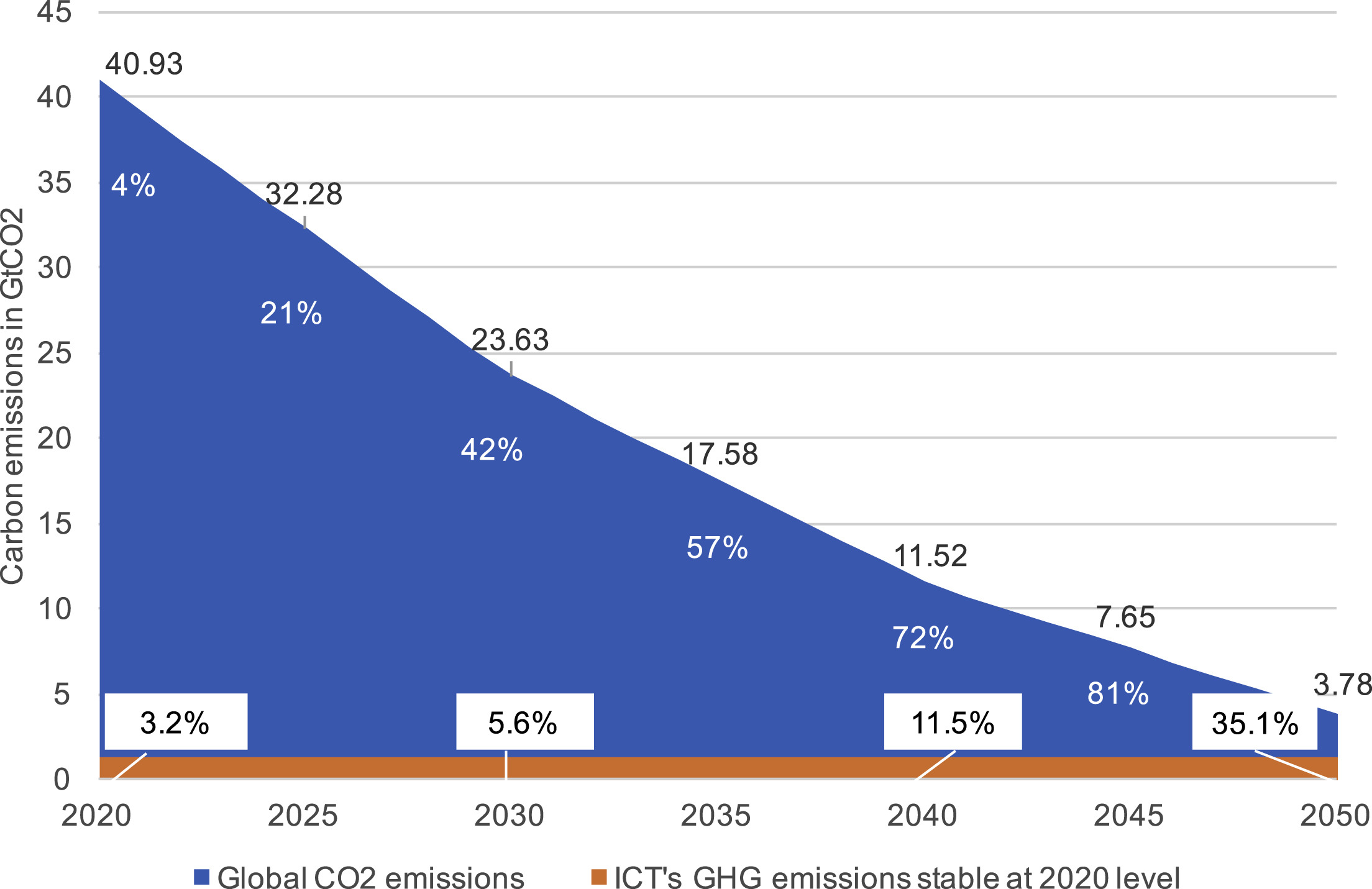
Latest news
 Carbon
Carbon
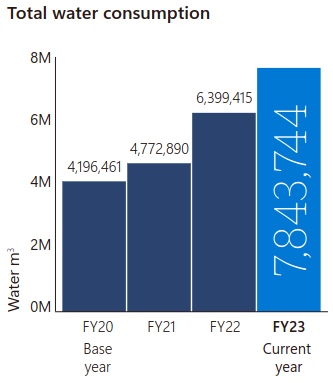
Total water consumption
ICT's mineral footprint
Is the cloud really immaterial?
ICT's mineral footprint

« Mineral extraction has contributed to environmental degradation, population displacement, violent conflicts and human rights violations » 1
Is recycling the solution?
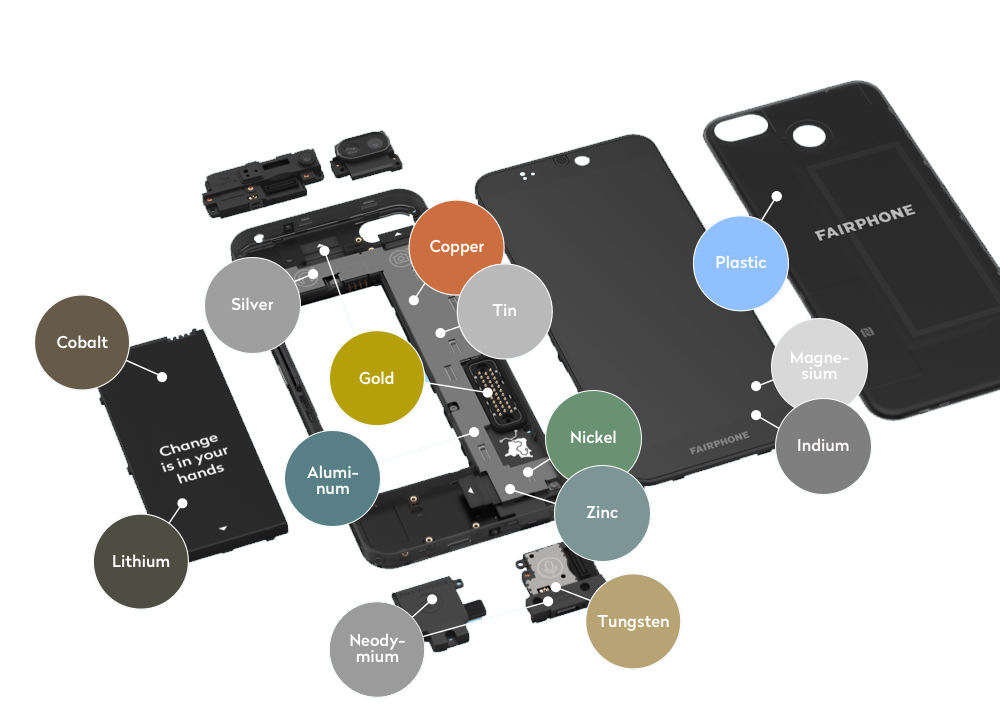
An expensive ratatouille

Credit: Muntaka Chasant
Another pressing issue: the energy transitions

An upcoming race...
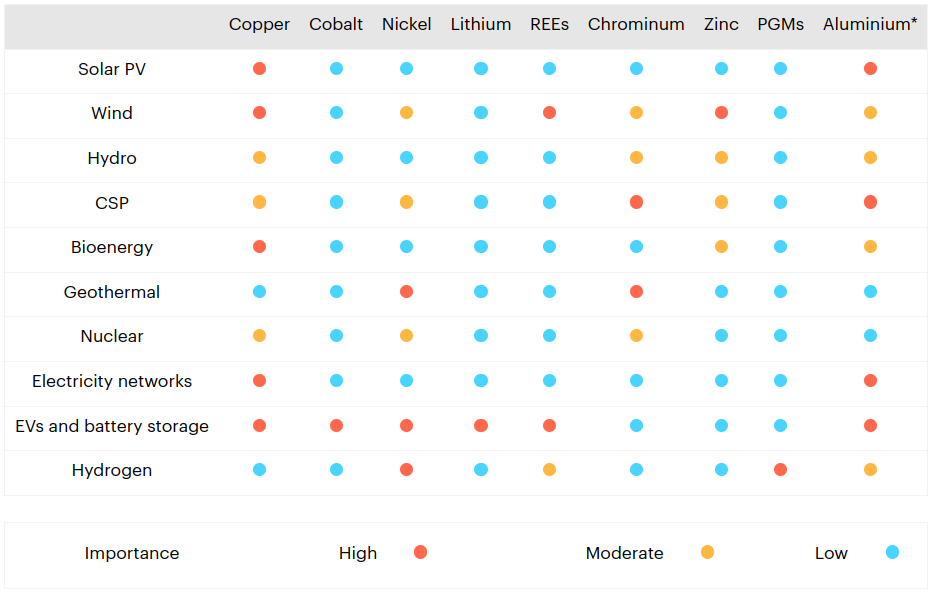
...for critical minerals
Digital services LCA (theory)
Digital services LCA (theory)
Life Cycle Asessment for resources used
FU: Make a bank transfer each week for a year
User's device
Networks
Data-centres
Key difficulties: allocation and FU definition
Digital services LCA (reality)
Digital services LCA (reality)
A focus on energy
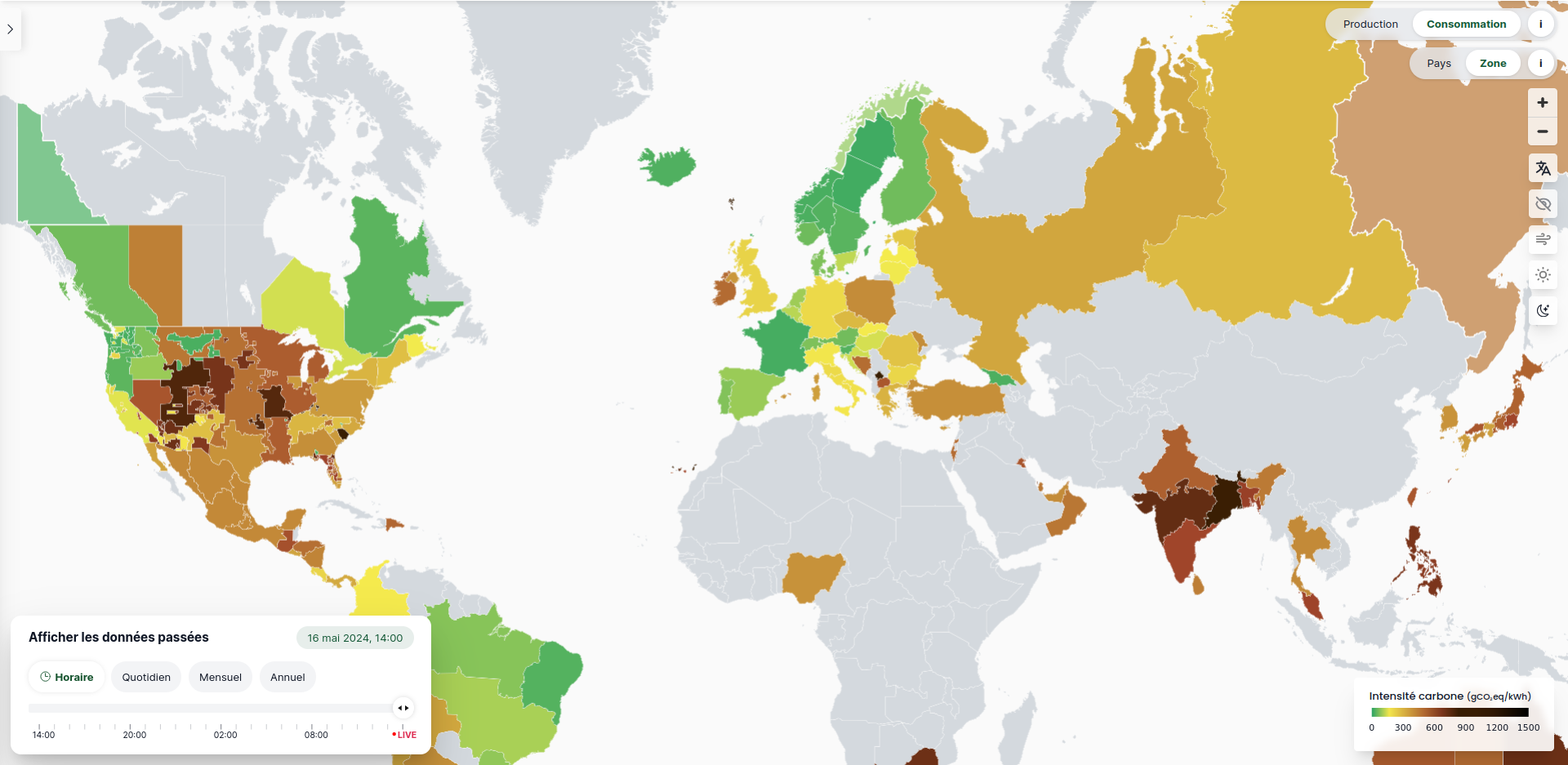
without the embodied footprint
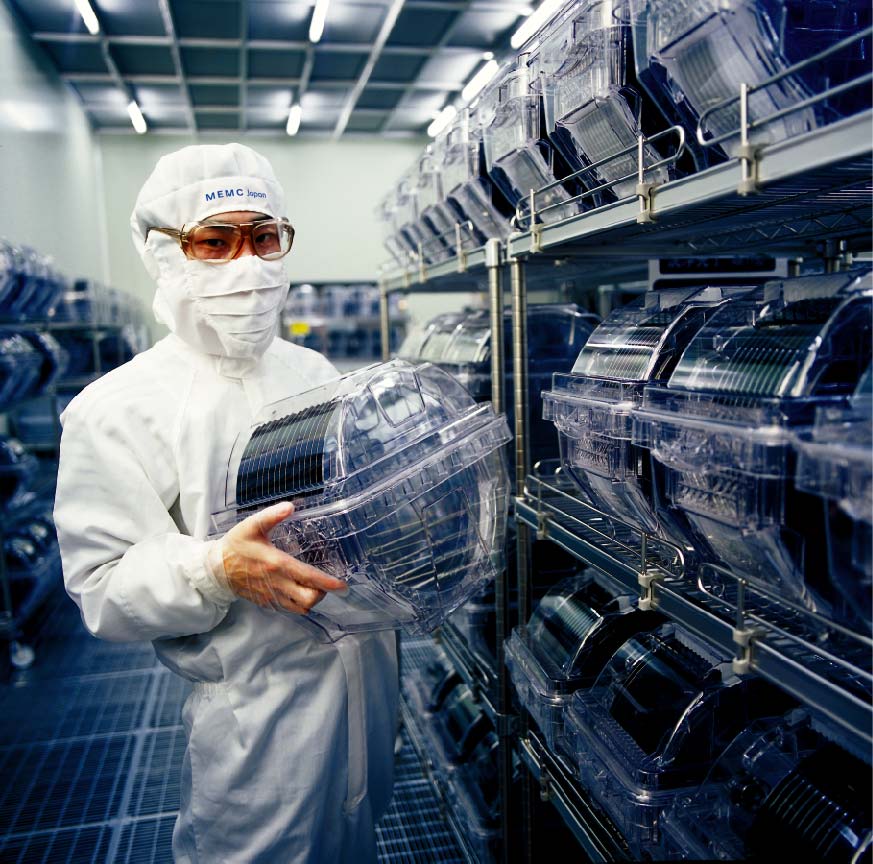
78 % of consumers devices' carbon footprint comes from their manufacturing
with a carbon-tunnel vision
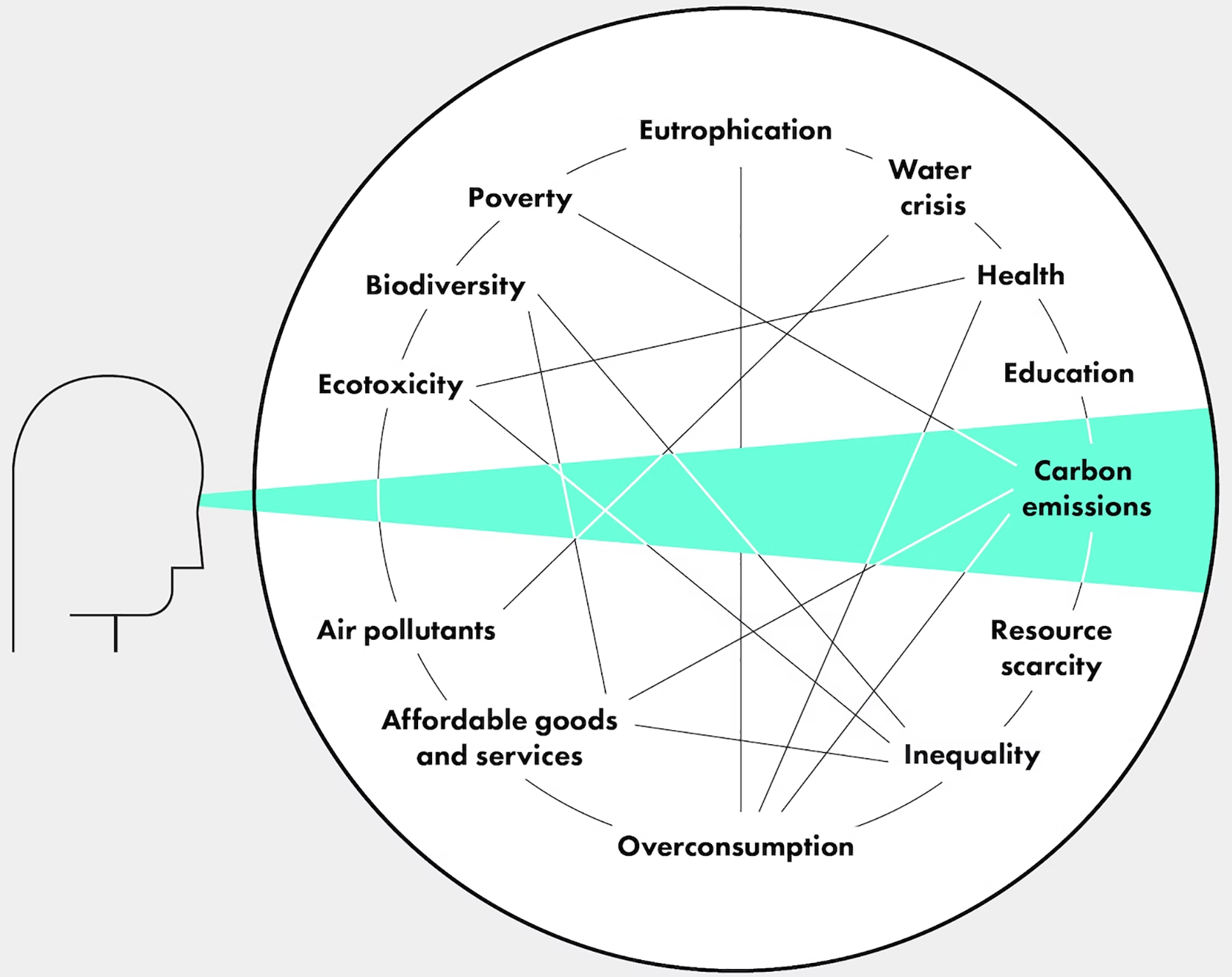
The lack of reference data
When comparing apples and oranges
The lack of reference data
Some reasons:
A relatively recent sector
Systems and products that evolve quickly
Complex and distributed systems
Business secrecy ($$$$)
Example: inner workings of a data-center
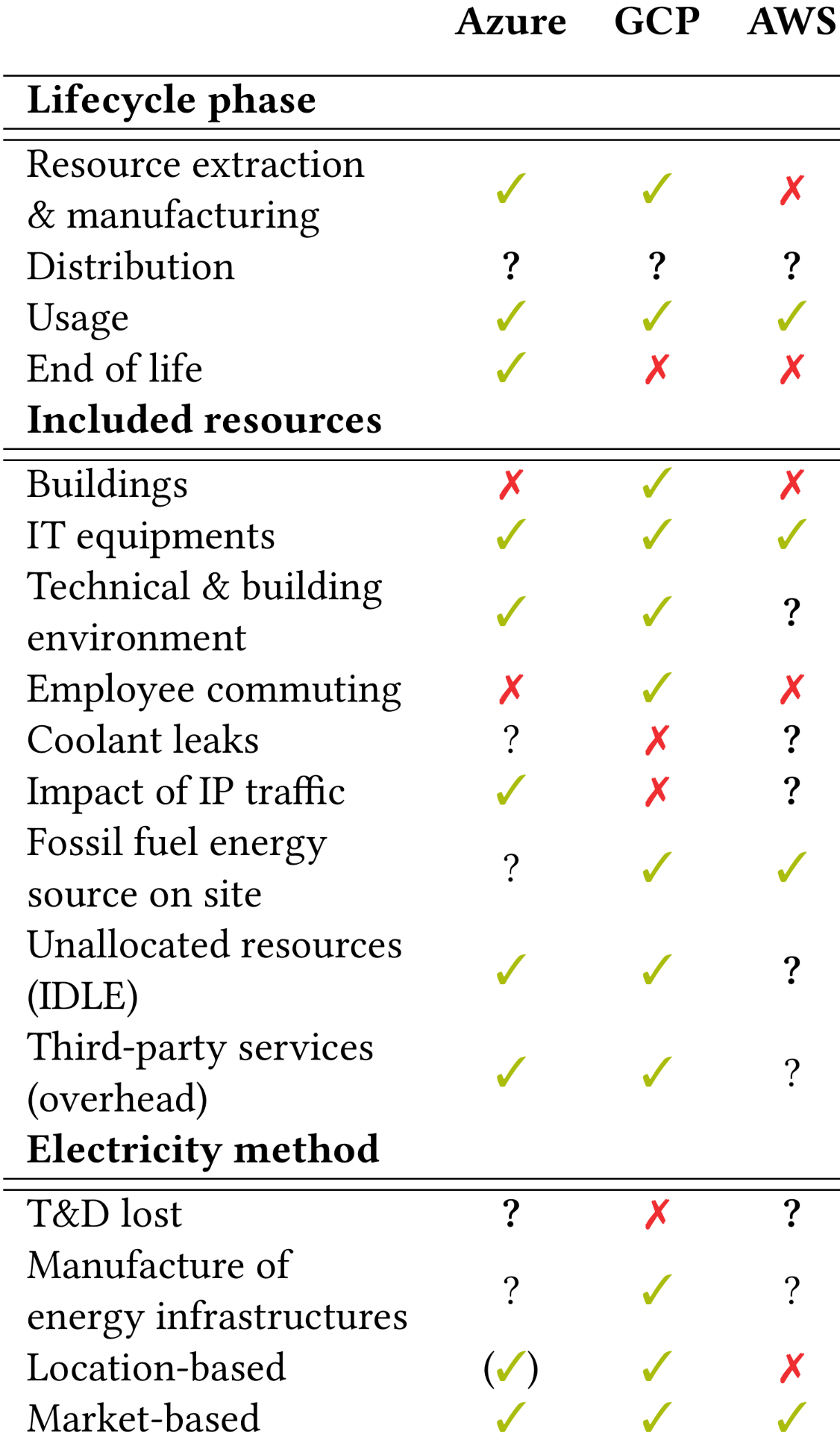
GWP calculators of the 3 biggest cloud-providers
The problems
- A sector starting to consider its environmental footprint
- Which lacks reliable, comparable reference data
- Resulting in high margins of error
- Current studies often narrowed to carbon footprint and usage phase
The solution
Open-data
Open-methodologies
250 members, initiated in 2019
Working on the assessment of the environmental impacts of digital technologies
Create commons around evaluation methodologies, impact data repositories and evaluation tools
Boavizta
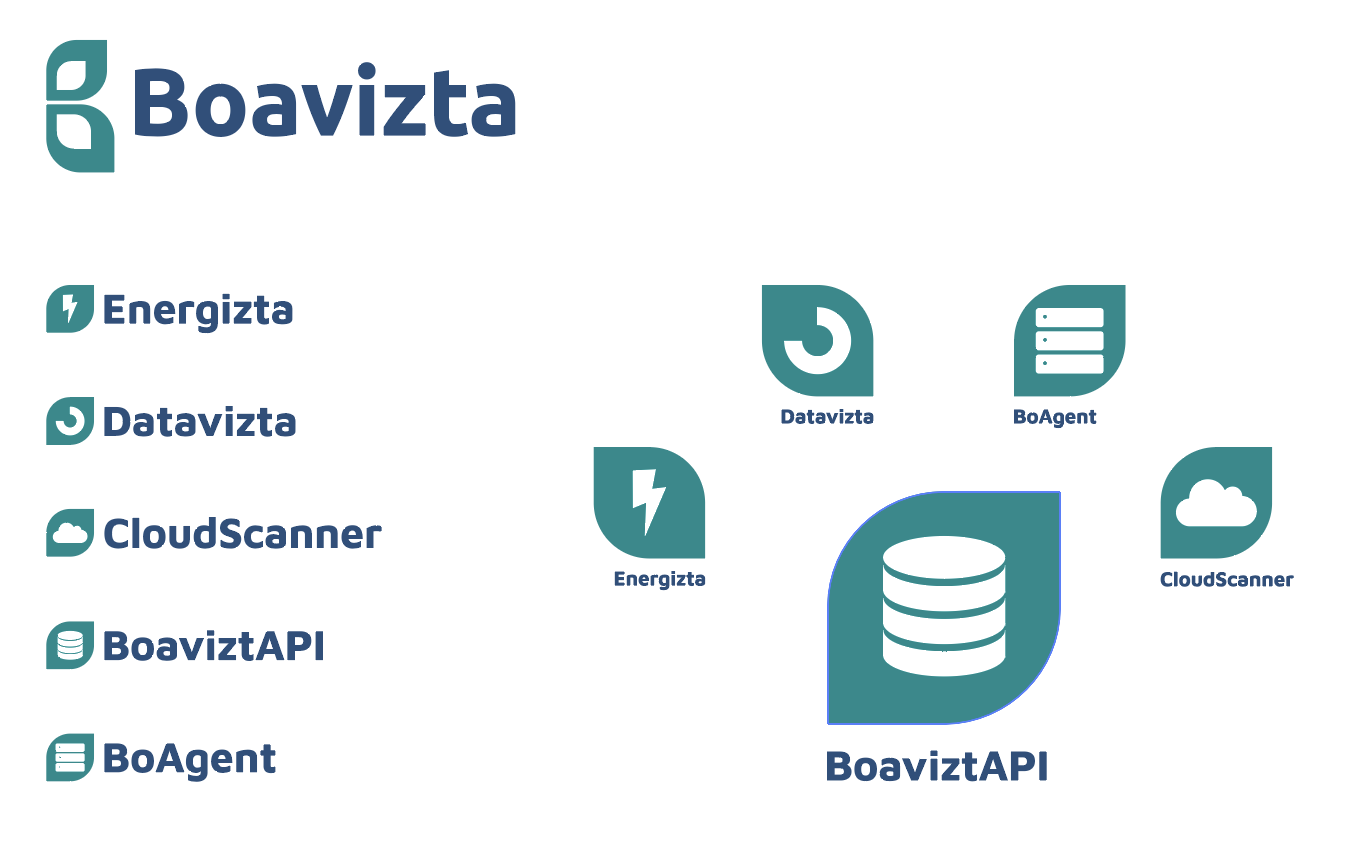
Tools landscape
Bottom-up modeling of a server's impacts
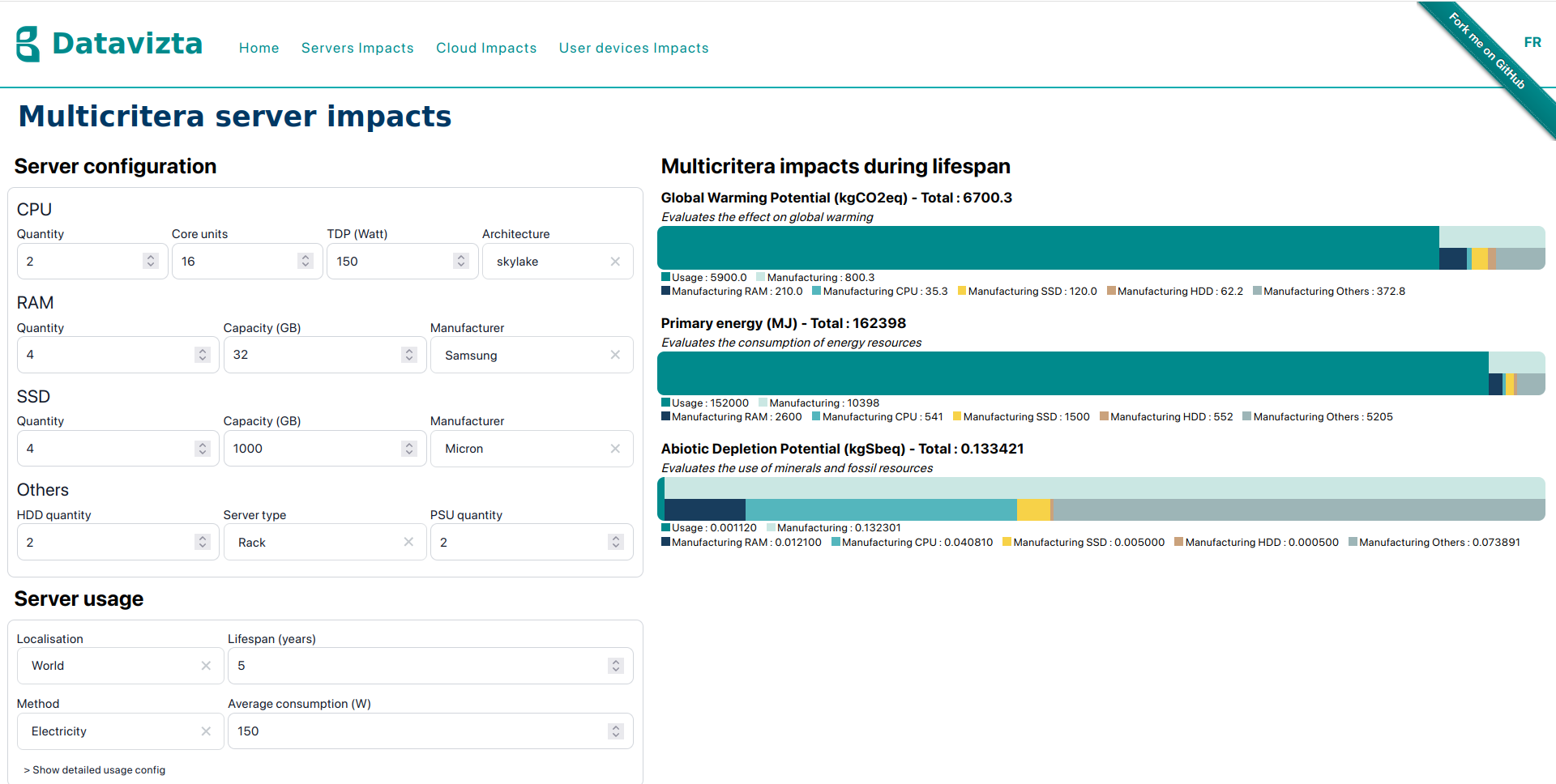
Modeling of cloud instances
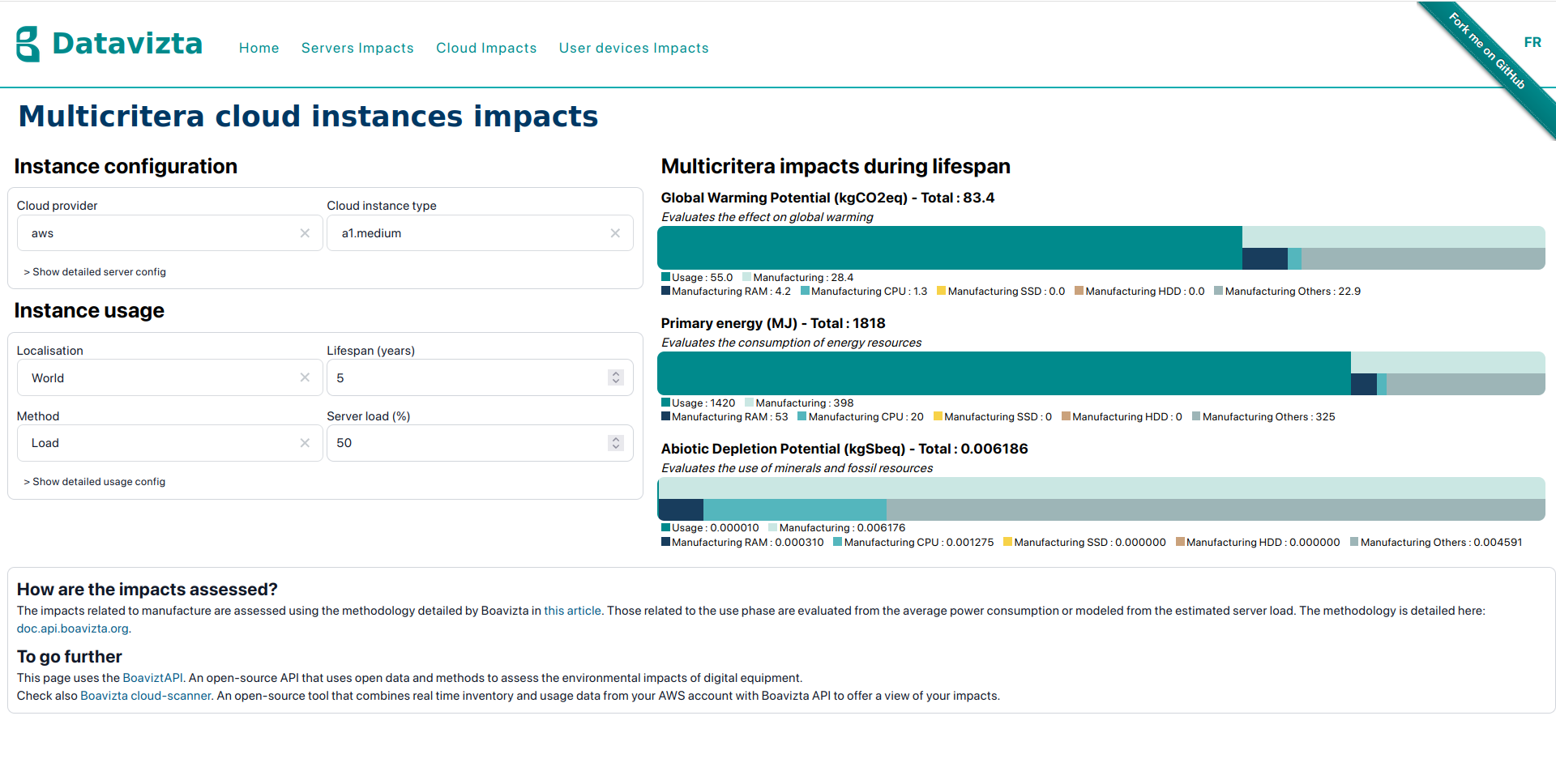
Database of devices
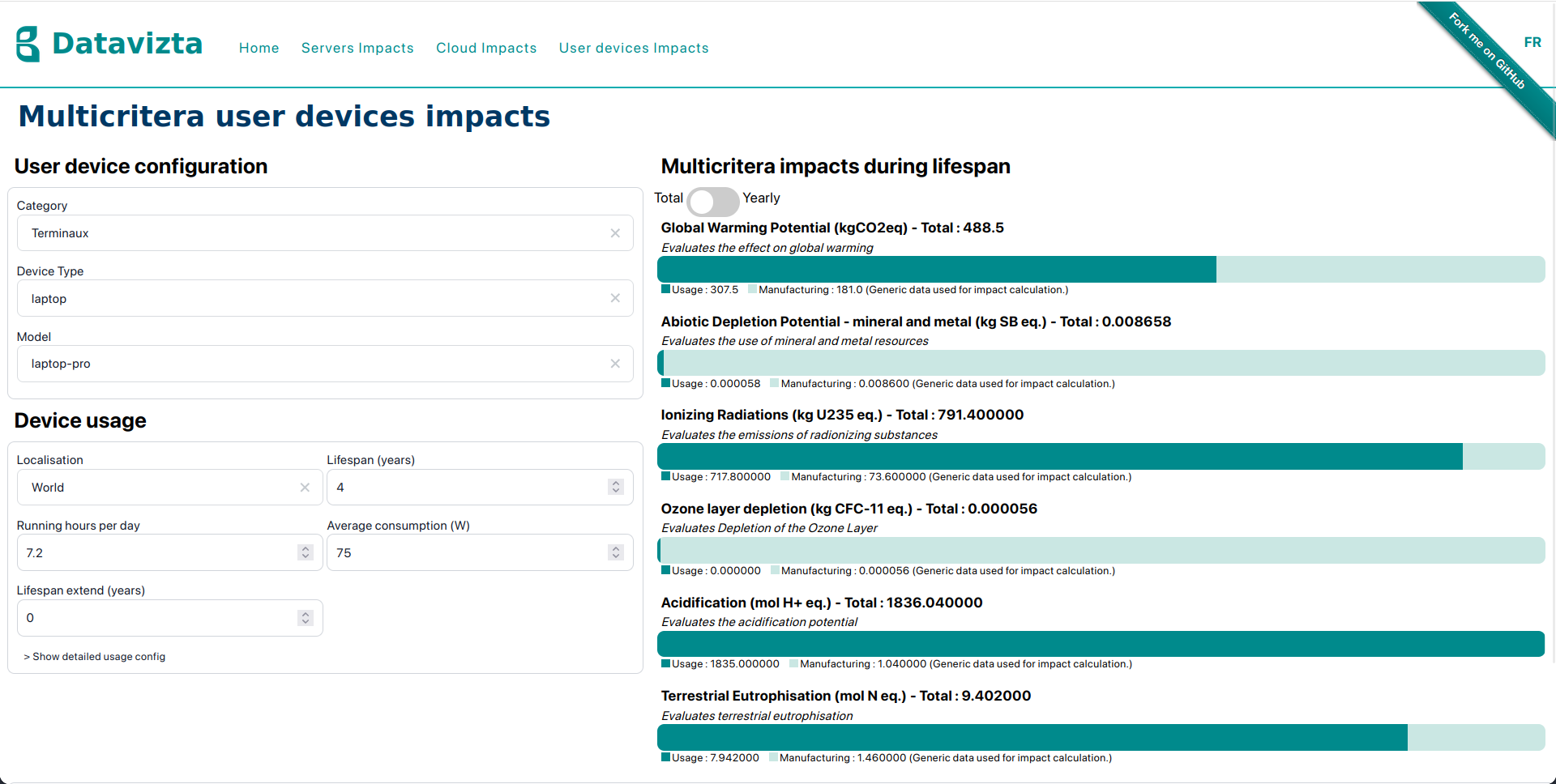
Sustainable IT: How to get your hierarchy on board?
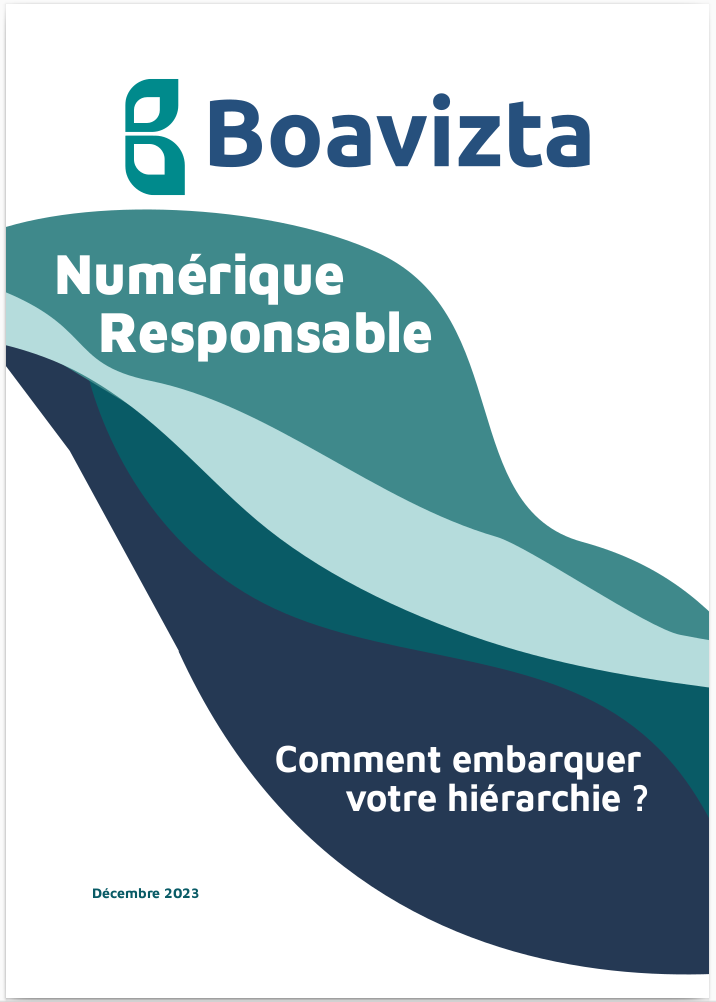
Conclusion
The ICT sectors' still lacks suitable tools and methodology to holistically address its environmental footprint
Boavizta aims at producing such open-tools and methodologies
If you're interested, you're welcome to join: https://boavizta.org/en/join
Thank you for your attention!
Thibault SIMON
